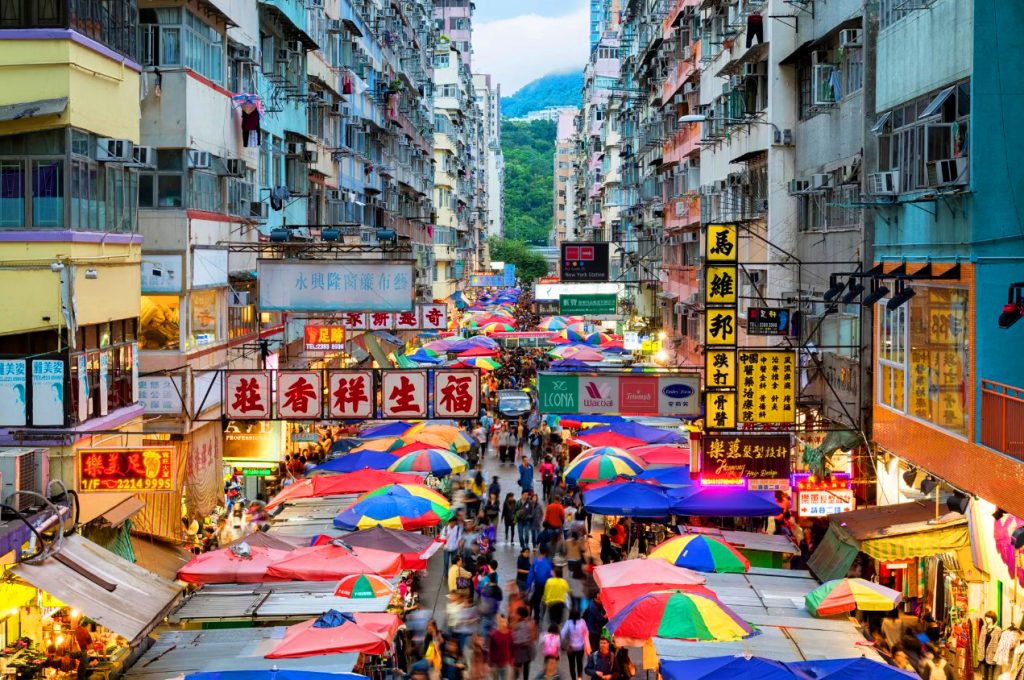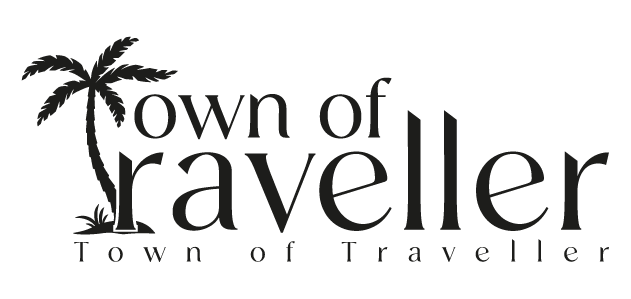Hong Kong vs Tokyo travel: a tantalizing choice for adventurers seeking the pulse of Asia. Delving into these urban wonders unravels a captivating duel between two vibrant metropolises. Join us on a journey through contrasting cultures, culinary delights, and enthralling experiences, guiding you toward the ultimate decision for your next remarkable expedition.
When to Visit Each City
Best Times for Good Weather
Spring and autumn offer mild temperatures, lower humidity, and cherry blossoms in Tokyo. Hong Kong’s most pleasant weather lasts from October through December.
Peak vs Off-Season Travel
Peak visitor periods aligned to holidays and events can mean crowds and higher prices. Visiting during shoulder or off-peak seasons provides value.
Getting There: Flights and Transportation
International Airport Hubs
Hong Kong and Tokyo are major transit hubs with two main airports each offering global connections through their acclaimed home carriers Cathay Pacific and ANA.
Entry Requirements and Visas
Citizens from many countries can enter Hong Kong and Japan visa-free. Check immigration sites for nationality-based specifications on visa waivers and requirements.
Getting Around Locally
Extensive transit systems of trains, subways, buses, ferries and taxis facilitate affordable, efficient intra-city travel. Pocket wi-fi devices are hugely helpful navigating each city.

Lodging: Hotels and Apartments
Range of Accommodations
Both cities offer abundant lodging spanning lavish hotels, functional business stays, heritage inns, capsule pods, and short-term apartment rentals catering from backpackers to jetsetters.
Budget vs Luxury Options
While luxury comes at a premium, budget-conscious travelers have many choices like Tokyo’s modest business hotels and guesthouses clustered around Hong Kong transport hubs.
Business Hotel Areas
Central Tokyo districts near stations like Shinagawa and Shinbashi overflow with functional business hotels, while Hong Kong’s North Point and Causeway Bay has comparable options.
Eating Out: Cuisine and Dining
Local Specialties and Street Food
Iconic foods like Hong Kong’s dim sum, which can be enjoyed on a budget, and Tokyo’s sushi prepared by master chefs should be on every visitor’s list alongside abundant street snacks.
Michelin-Starred Restaurants
As respective global dining centers, Hong Kong and Tokyo are tied for the world’s highest number of Michelin stars. Multi-course tasting menus offer refined epicurean adventures.
Themed and Pop Culture Cafes
Youth hot spots like maid cafés and cat cafés reside alongside gaming bars with fun foods themed after anime, TV shows, and cute characters.
Top Attractions and Activities
Both cities captivate with dynamic urban energy alongside tranquil green spaces and rich cultural legacies spanning ancient temples, museums, gardens, and more.
In Hong Kong, a journey up Victoria Peak rewards with sweeping city vistas. Ride the historic Peak Tram, hike, or take a bus. Nearby, the Aberdeen area hosts floating seafood restaurants in a traditional fishing port atmosphere. Must-see temples include Man Mo and Wong Tai Sin, known for its prayers answered.
By night, watch the Syphon Show’s dancing water and lights display. No Hong Kong trip is complete without touring the jade and gold markets or sampling street food like curry fish balls and egg tarts.
Over in Tokyo, begin by people-watching on the giant Shibuya Crossing scramble. For shoppers, Ginza dazzles with its luxury boutiques, while youth fashion abounds in Harajuku. The Tokyo National Museum chronicles Japanese art history. Sensō-ji temple offers spectacular colors and rich heritage. Sunset views of Mount Fuji from skyscrapers are unforgettable. Locals suggest trying monjayaki, a savory pancake dish, or katsu curry.
Nature lovers will cherish strolling under cherry blossom canopies at Ueno Park or Shinjuku Gyoen, while Shibuya’s Yoyogi Park hosts fun, free events. Escape to serene gardens like Hamarikyu or traditional teahouses in Akasaka. Disney fans have two amazing theme parks to pick from between the cities. At night, sing karaoke or play games in buzzing arcades.
With infinite experiences in shopping, dining, museums, urban exploring, nature, and entertainment, both Hong Kong and Tokyo make Asia’s most vibrant, welcoming gateways.

Shopping Experiences
Department Stores and Malls
Shopping is world-class across megamalls like Harbour City and luxury department stores spanning household names like Takashimaya, SOGO, Isetan, and Lane Crawford between both cities.
Market Shopping
Open-air markets for bargains on wares, souvenirs, and street food endure as visitor favorites such as the Ladies Market in Hong Kong and Ameyoko Market in Tokyo.
Tax-Free Shopping for Tourists
Visitors can reclaim sales tax on big-ticket item purchases across thousands of participating retailers by presenting passport upon payment.
Nightlife and Entertainment
Clubbing and Dance Clubs
Energetic nightlife districts span Lan Kwai Fong and Wan Chai in Hong Kong and Roppongi and Shinjuku in Tokyo, plus after-hours venues everywhere in between.
Karaoke Bars
Private karaoke rooms provide ubiquitous entertainment options across districts boasting major transit stations, with abundant song catalogues spanning global hits and Asian pop.
Gaming and Arcades
Vibrant gaming arcades stocked with claw games, racing games, slots, VR setups, and more like Tokyo’s massive SEGA arcades deliver interactive fun until late.
Local Etiquette and Customs
Greetings and Manners
Key customs include avoiding public confrontation, refraining from tipping, bowing slightly in greetings, removing footwear when entering homes, and allowing elders to board transit first.
Dining and Tipping
Slurping noodles is permissible locally in each city. Tipping is not expected though some international restaurants add service charges to bills.
Religious and Social Customs
Visitors should refrain from on-street drinking or rowdy public behavior, respect religious sites, ask first before photographing people, and not openly display tattoos in traditional spaces like bathhouses or temples.

Safety and Health Considerations
Crime and Emergency Situations
Extremely low violent crime rates make both cities very safe globally, though visitors should take typical precautions for travel safety including securing belongings in crowded areas.
Health Services and Pharmacies
Hong Kong and Tokyo offer high quality healthcare and 24/7 pharmacies, though fees can be pricey for uninsured travelers. Travel insurance is highly advisable.
Pollution and Other Issues
While contending with past pollution woes, both cities boast good present-day air quality and health standards augmented by green spaces despite high population density.
Budget and Expenses
Average Costs for Meals, Hotels, Transit
Costs are lower for budget travelers in Tokyo regarding transit, street food and capsule hotels while five-star luxury comes cheaper in Hong Kong relative to the calibre.
Ways to Save Money
Avoiding taxis, buying multi-day mass transit passes, sightseeing via walking tours, trying prix-fixe lunch deals at nice restaurants, and flying carry-on only help visitors maximize trip budgets.
Price Differences in Categories
Key categories that are generally more expensive in Hong Kong compared to Tokyo include lodging, dining, shopping, and attraction admissions, while transportation costs are cheaper on average.
Conclusion and Summary
Key Similarities and Differences
World-leading Asian metropolises, Hong Kong and Tokyo share amazing food, shopping, global air connectivity, safety and futuristic infrastructure blended with historic traditions, while differing in areas like geography, language, exact travel costs and cultural nuances.
Which is Better Overall?
Ultimately visitors couldn’t go wrong experiencing the unique urban energy of either destination. Enthusiasts seeking an intense fast-paced vibe may prefer Hong Kong, while Tokyo engages through hip neighborhoods, pop culture and serene landscapes.
FAQs
- Which city has a more extensive transit system? Tokyo has the larger metro system spanning about 900 stations compared to Hong Kong’s 218 stations, though both offer efficient transportation.
- Where can I see more historical and traditional sites?
In Tokyo, visitors can explore world-famous sites like Sensoji Temple, Meiji Shrine, Imperial Palace, and more encapsulating history alongside modern cityscapes. - Which is more expensive for dining and hotels? Hong Kong edges out Tokyo for higher prices when looking at comparable categories of luxury hotels and Michelin-starred dining options.
- What languages are most commonly spoken? While knowing some survival phrases in each local language helps, English is very widely spoken as an administrative language in both cities, especially in central business districts.
- Which destination is bigger in terms of area? The Tokyo metro area spans over 2,000 square miles compared to Hong Kong’s 426 square miles of total land area, making Tokyo significantly larger in sheer geographical size.











